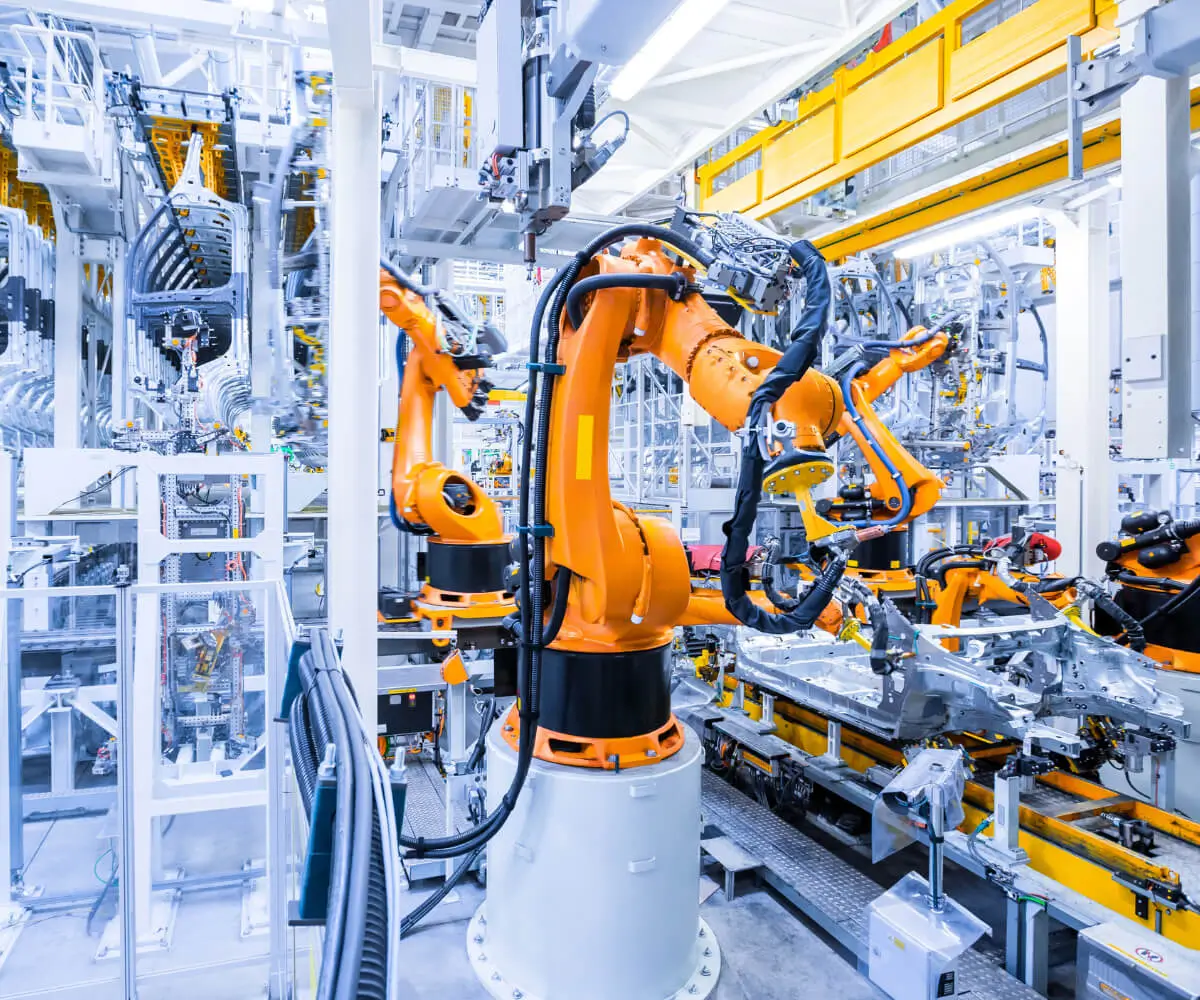Imagine you're building a city. One way is to construct it as a giant, single structure—think of a colossal skyscraper, everything integrated in one solid form. That’s essentially what a monolithic architecture is like—everything tightly coupled, sharing a core foundation. It might seem straightforward at first. You develop it as one big package, roll out a plan, and deploy it all at once. But then something shifts. The city needs a new park, or maybe a new subway line. Updating that big building? Quite a task. It can affect the entire structure—causing delays, unexpected bugs, or even downtime.

Now, picture instead a city made of small, independent neighborhoods. Each block has its own set of rules, its own construction crew, and its own purpose. This is akin to microservices—broken-down, modular components that work independently but come together seamlessly. If you want to add a new cafe or upgrade a road, you can do it within one neighborhood without shutting down the entire city. That kind of flexibility? It’s what makes microservices so appealing to developers facing rapid change or high demands.
So, what are the actual differences between monolithic and microservices? Well, for starters, monoliths tend to be easier to develop initially because everything is in one place. It’s like writing a novel—lots of chapters one after another, same style, same voice. But as the story grows, it gets complicated to keep everything consistent without tripping over your own plot lines. Scaling becomes a headache too. You can’t just tell a part of the monolithic app to grow; you have to scale the whole thing, wasting resources.
Microservices? They’re a different story. Each service can be scaled independently. Want more horsepower for someone’s login process? Just spin up more instances of that one service. Or maybe split off the payment system to handle increased transactions. Because these components are loosely coupled, they evolve faster, and updates cause less disruption. But yeah, there’s a flip side. Managing multiple services requires better orchestration, more complex deployment strategies, and a heightened need for monitoring.
A common question: "Isn’t microservices more complicated?" Well, it can be. More moving parts often mean more things to troubleshoot. But it’s about choosing the right tool for the right job. If your project is growing complex and needs agility, microservices might save you from the headaches of monolithic architecture. For smaller, straightforward projects, sticking to the monolithic approach might be simpler and faster.
At the end of the day, it’s about understanding your goals. Want rapid innovation? Microservices give you the agility. Need simplicity and quick deployment? Monolithic might be your friend. Both have their place, and knowing when to pick one over the other can make a huge difference. And in an era where tech is evolving so fast, adaptability isn’t just nice—it’s everything.
Established in 2005, Kpower has been dedicated to a professional compact motion unit manufacturer, headquartered in Dongguan, Guangdong Province, China. Leveraging innovations in modular drive technology, Kpower integrates high-performance motors, precision reducers, and multi-protocol control systems to provide efficient and customized smart drive system solutions. Kpower has delivered professional drive system solutions to over 500 enterprise clients globally with products covering various fields such as Smart Home Systems, Automatic Electronics, Robotics, Precision Agriculture, Drones, and Industrial Automation.




































